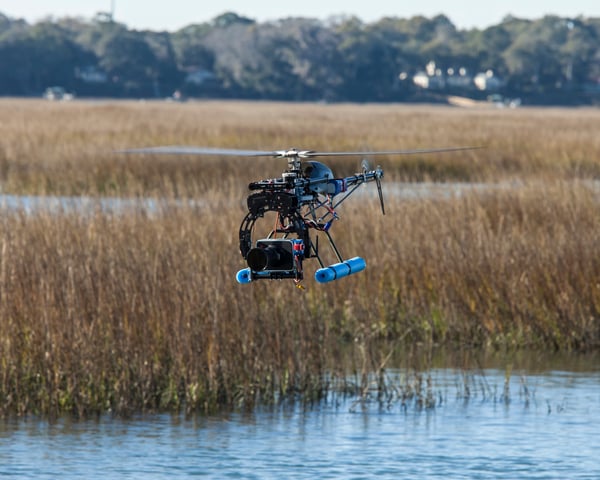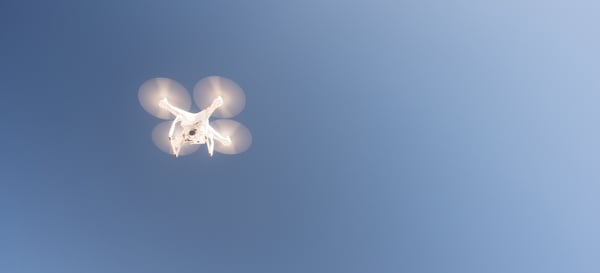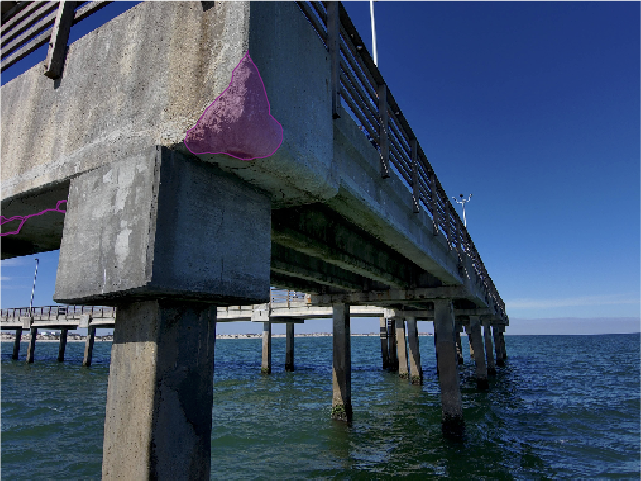Managing tens or hundreds of unmanned aerial vehicles in an organization is not an easy task unless there is a clear strategy. Basically, this includes overseeing the efficient operations of the devices and involves enforcing regulations and compliance, monitoring and maintaining the UAV equipment, as well as addressing logistics, training, safety and other issues.
To ensure that the UAV equipment is in good shape and able to safely deliver drone services according to the organization’s objectives, here are the five tips for every UAV equipment manager.
1. Establish a proper system to monitor and keep track of the devices
Monitor and document the condition of the devices while stating if functional, faulty, or decommissioned, as well as the location - whether in the premises or outside performing tasks for clients. In addition, document everything such that anybody who wants to find about the UAV can do it easily. Include maintenance dates, parts replacements, tasks performed, upgrades, software updates, etc.
Ensure that every drone has its maintenance/user’s manual that is always up to date. Further, document any update and communicate this to the pilots, operators and technicians.
Log pilot and aircraft hours
Whenever the pilots fly the UAVs, let them log in the hours including for the aircraft. Although these are the same, including the details of the aircraft is useful in establishing the total hours since there might be other pilots flying the same device at different times.
This is also useful in determining the time for the next maintenance service and status of the aircraft in addition to checking if there are issues that need addressing.
Manage customer jobs properly
Put measures to plan, execute, and manage the drone projects for customers whether external clients or internal departments. This includes ensuring that all the equipment hardware and software are working conditions as well as the assigning the suitable UAV, the right flight crew and weather conditions for the job.
2. Keep an inventory of UAVs and parts
In addition to the maintenance, the organization will have an inventory of all the drones together with the parts they require as well as the history of the UAVs. Detailed information about each drone shows its purchase date, repairs and parts replaced as well as expected end of life. This way, the managers will have better insight into their fleets, when some require decommissioning and how to plan for new purchases.
It is important to have an inventory of all the UAVs and parts in store. For easier retrieval, the best practice is to group these according to the manufacturer, model and type of part. Analyzing the rate at which technicians use the parts will also give an indication of the ideal quantities over a given time.
Ensuring the availability of all the parts results to shorter downtimes. However, it is important to avoid stocking types of costly parts that the organization will never use.

3. Effective communication
Develop proper communication channels and ensure everyone, including the management, the users, pilots, technicians, and other departments are able to talk to each other through established official avenues.
The office staff must have access to the details and status of the entire project at hand. However, this will require that the teams in the field send regular updates to a central control room. Reporting should be easy and straight forward so that the people in the field do not spend all their time making updates or on the progress or challenges.
Distribute critical information
When projects are successful due to certain procedures, ensure that everyone is aware of what works best and what doesn’t. Ideally, using a flat communication structure ensures that all the members of the team get the relevant information, including best practices and procedures that produce positive results.
4. Professional approach
The organization needs to run the drone department in a professional manner where operations follow formal or industry standard processes, guidelines or best practices. This requires establishing guidelines and documentation while ensuring that the equipment and pilots have the necessary certifications and training.
Establish and enforce a maintenance program
A robust drone maintenance program ensures safety, reliability, and efficiency. Ideally, it is important to determine if the organization will need to engage or train its own maintenance staff or subcontract a third party repair company.
Repairing drones requires special skills and the organization with having to decide whether to use in-house or third-party maintenance personnel. Either way, the manager needs to establish the best practices, regular checks and maintenance schedules to ensure that the drones are in working condition.
Scheduling regular maintenance ensures that the devices are in working condition and that the managers have up to date information and about their statuses. In addition to the aircraft itself, the maintenance should include the hardware and software for the ground stations and peripheral devices such as smartphones or tablets.
Keep a record of incidences
Establish a clear incidence reporting mechanism. Ask any pilot who encounters an issue to always report and document the nature and impact of the problem. In addition to allowing the management to see and determine what causes the issues and remedy, a report is essential especially if there is an investigation.
Ensure compliance
Drone rules and regulations are always undergoing revisions in order to improve safety and operations. As such, the manager must keep up to date and ensure compliance at all times. Keeping up to date ensures that the company does not waste time and resources trying to comply with irrelevant regulations.
The manager must also ensure that they follow all the local and international regulations whenever deploying the drones in a particular area. In particular, the drones and pilots need to have valid certificates, in addition to observing payload limits, taking safety precautions and only flying in the authorized areas.
Update manuals on handling new challenges
During operations, pilots encounter difficulties or new hazards which they have not experienced before. Even with previous experience, there are instances where they need to employ new tactics.
When there are new and effective methods to handle or mitigate challenges, it is important to document them and include them in the Flight Operations Manuals. The pilots could relay the new hazards to a central point where the operators determine and provide the mitigation measures. Once successful, it is important to update the manuals and notify the relevant heads to relay this information to the pilots.

5. Establish a feedback system
This enables various groups to communicate and provide feedback on official communication channels. Operators and pilots may want to report how the devices are performing and such feedback is useful for future operations. In case there are requests for more powerful devices or additional batteries, or other requirements, the managers will already have seen challenges the field employees are facing hence the justification.
In addition to the staff, the customers as well as the internal departments that the UAV teams serve should be able to give feedback.
Using positive and negative feedback, the manager will know if the department is meeting its objectives and whether the equipment, pilots and other staff are up for the tasks.
Overcoming some challenges of managing many UAVs equipment
Fitting the UAV department in the organization
This is a new area and requires proper planning and alignment, otherwise, there may be issues integrating with other departments. Resistance or misunderstanding may become issues that a company has to deal with. Some conflicts may arise between different departments, how they interact and do their work.
Letting everyone know the roles of the drones department can help streamline a few issues in the company and eliminate a wide range of misunderstandings. It is important to define their role and how they help the other departments to achieve the organization’s goals. For example, the marketing department could use them to capture photos and videos while the R&D could utilize them in researching and developing new products.
Develop custom manuals
The manuals from the manufacturers are in most cases very shallow and lack useful information for some operations. Since these are general, an organization should consider developing its own manual that aligns well with their industry, platforms, operations, and needs.
Maintenance strategy
Although maintenance will extend the life of the UAV, there is a need to see if the cost is right. As the UAVs prices continue to fall, there are situations where it is economical to dispose of some equipment instead of repairing them. This is especially so for the older models that requires frequent and costly repairs that do not add too much value. Sometimes, the cost of even repairing a low-cost model is almost equal to the cost of purchasing a new device.
Taking care of batteries
Depending on operations, additional batteries are useful for field operations. However, it is important to take the necessary precautions when handling batteries because mishandling has the potential to cause fires or chemical hazards.
Establish clear guidelines on how to safely charge, store, transport and replace as well as dispose of the batteries. Because of the risks of either electrical or chemical fire, ensures that there are appropriate extinguishers in the organization’s premises, in the field, charging areas, as well as for the vehicles transporting the batteries to the sites.
Conclusion
A UAV equipment manager has the responsibility of ensuring that the devices are safe, efficient and in compliance. To achieve this, the manager needs to establish and enforce mechanisms to monitor the operations, the UAVs, pilots, logistics and more.
Keeping all the equipment in good working order improves the efficiency and safety of both the pilots and customers. An easy and fast reporting process, as well as a feedback channel, allows the managers to know if they are delivering good services and also establish what process or equipment to improve or upgrade.




